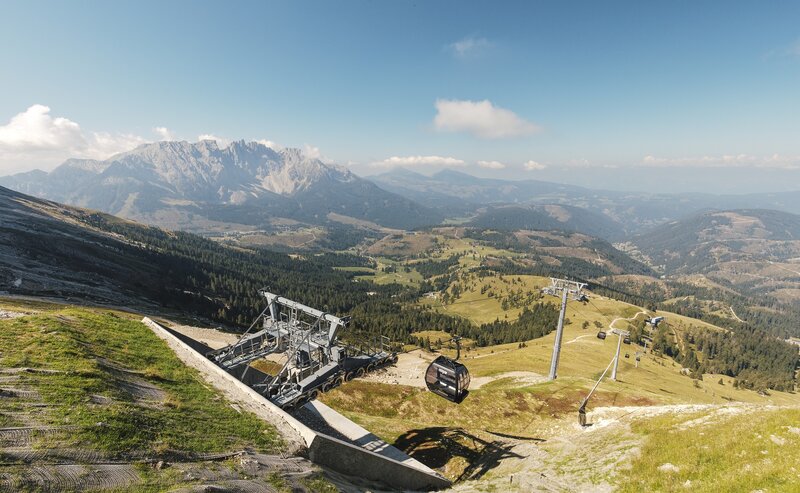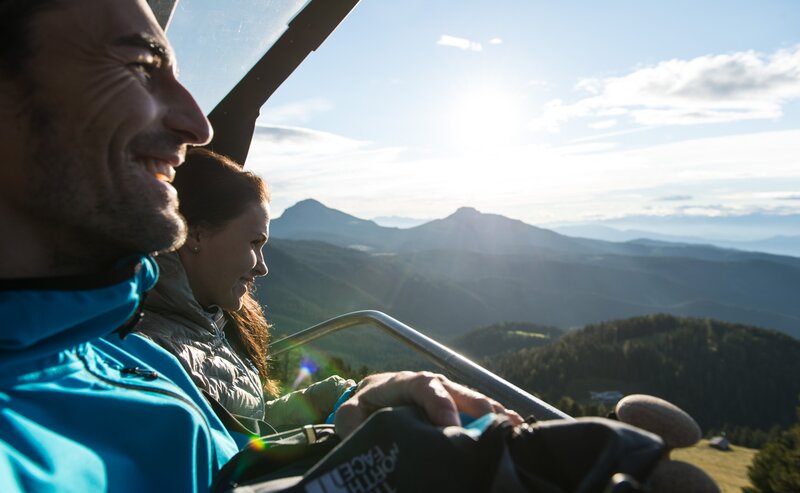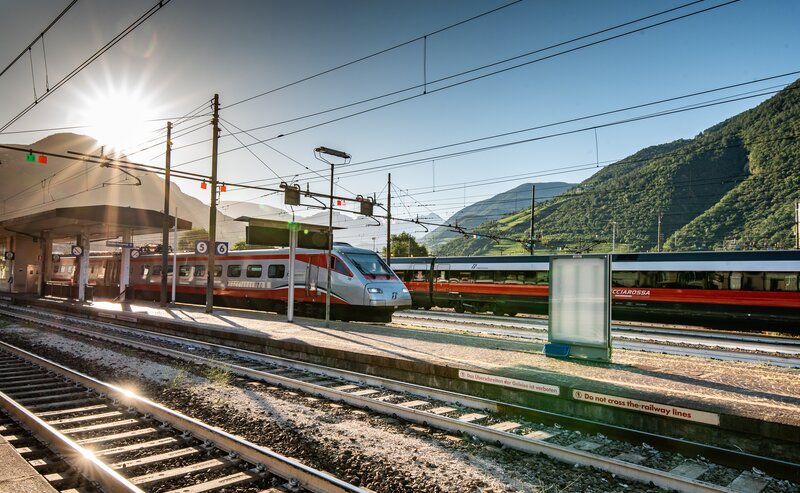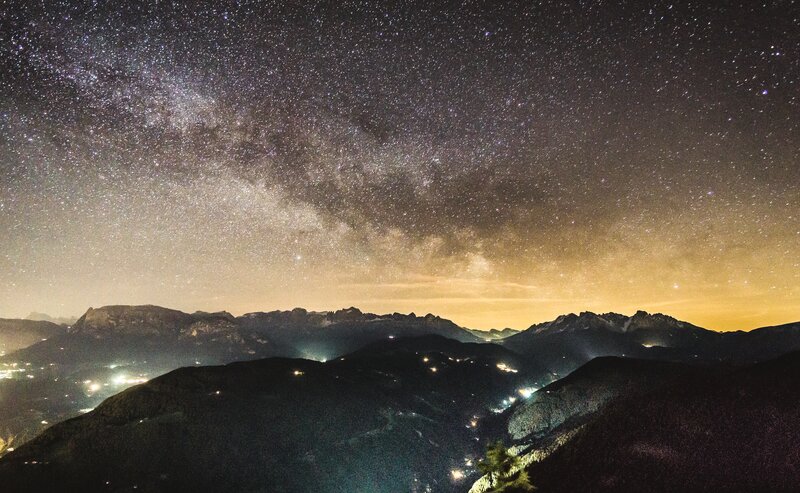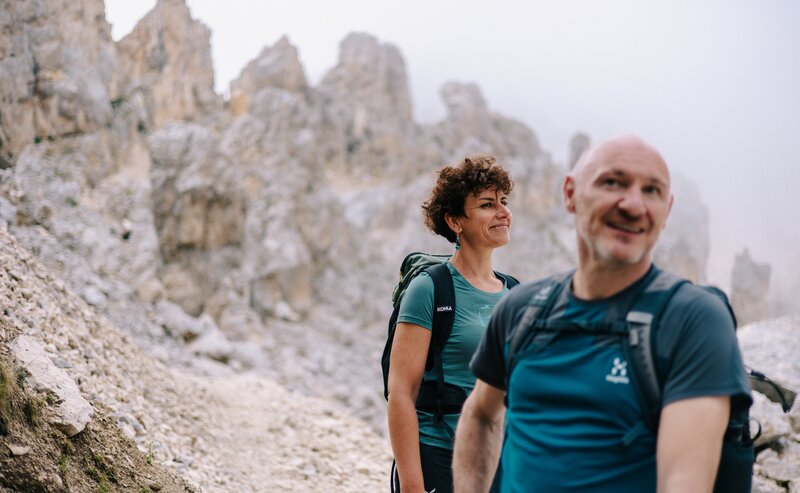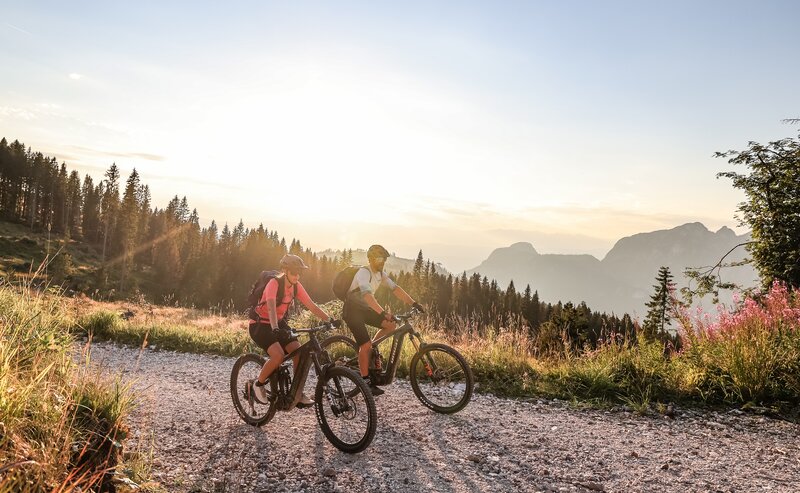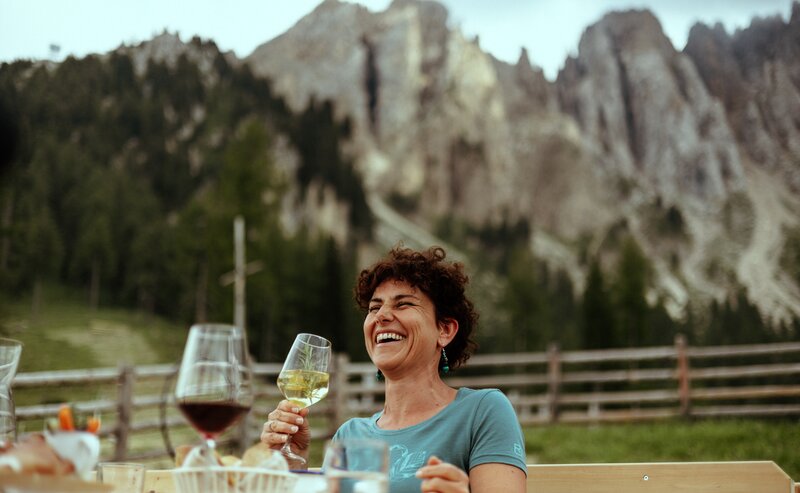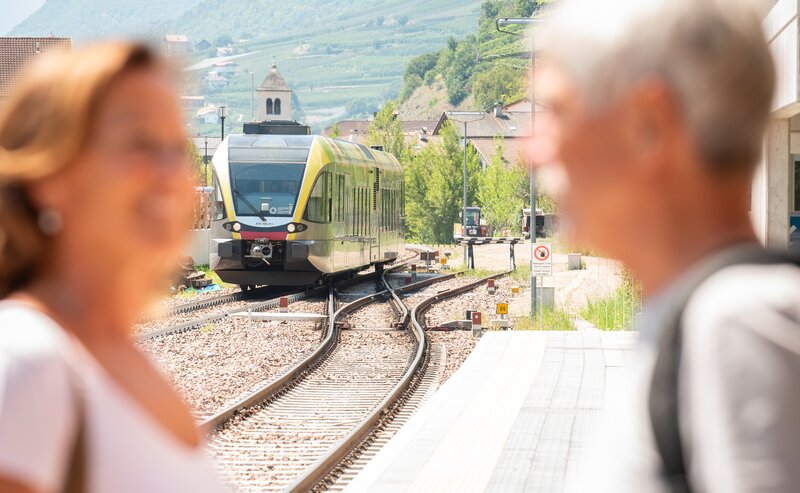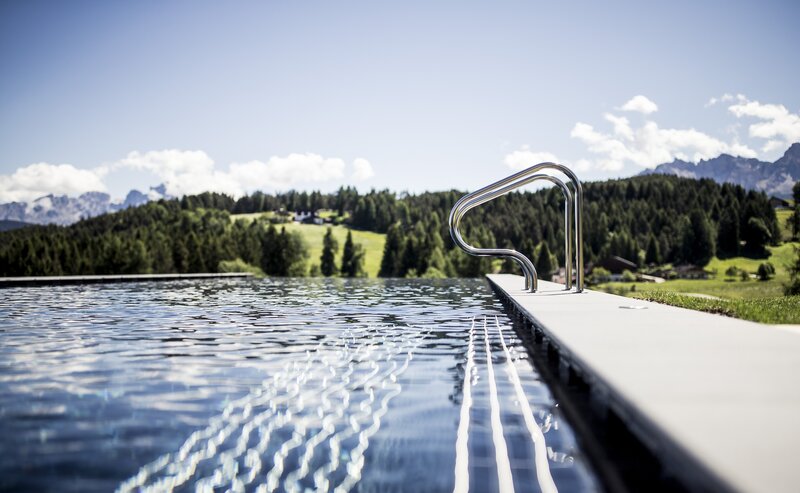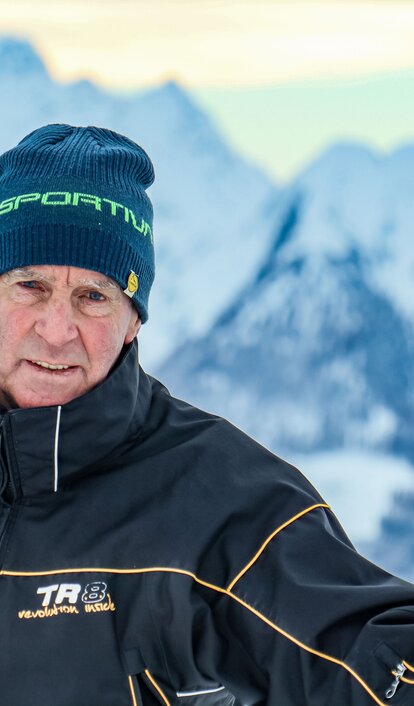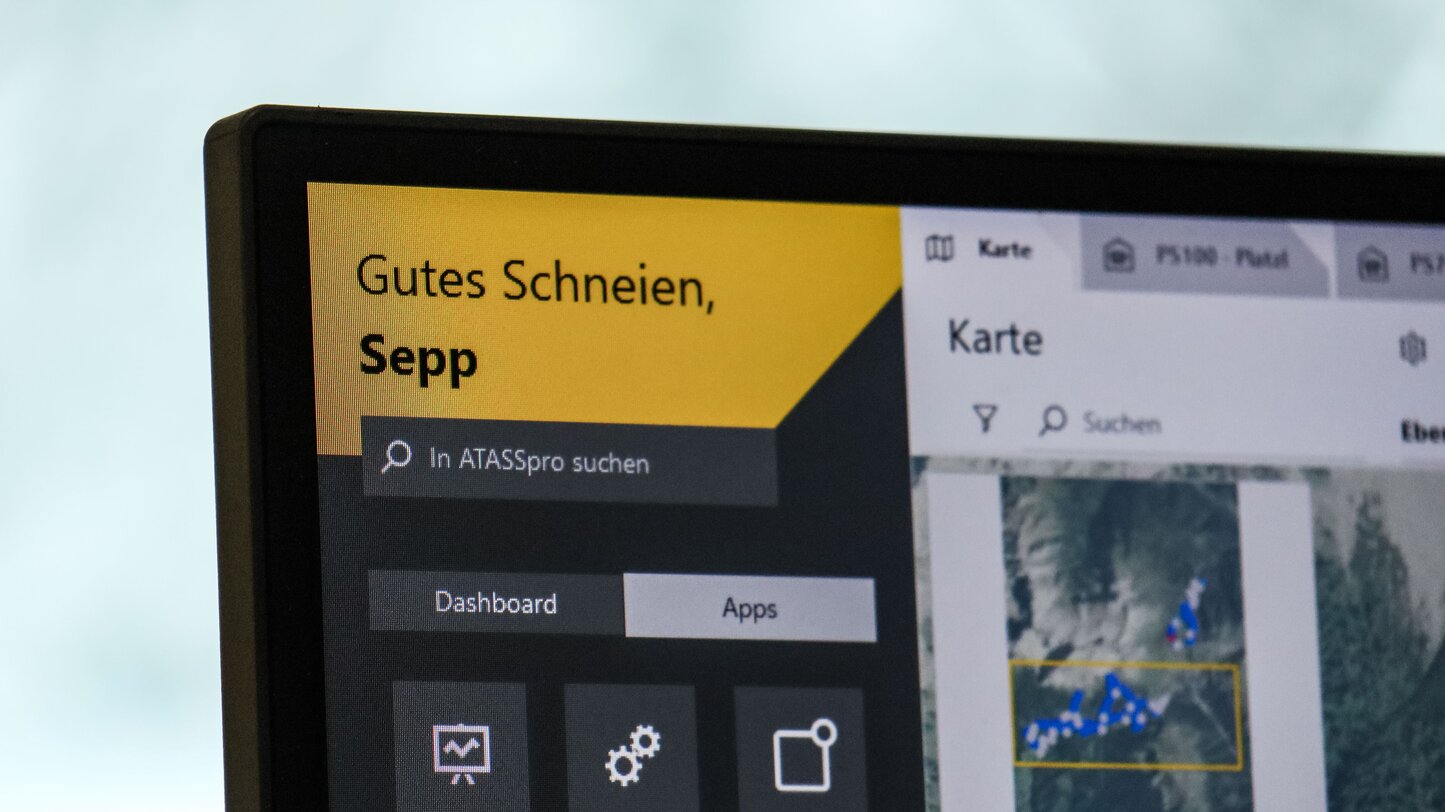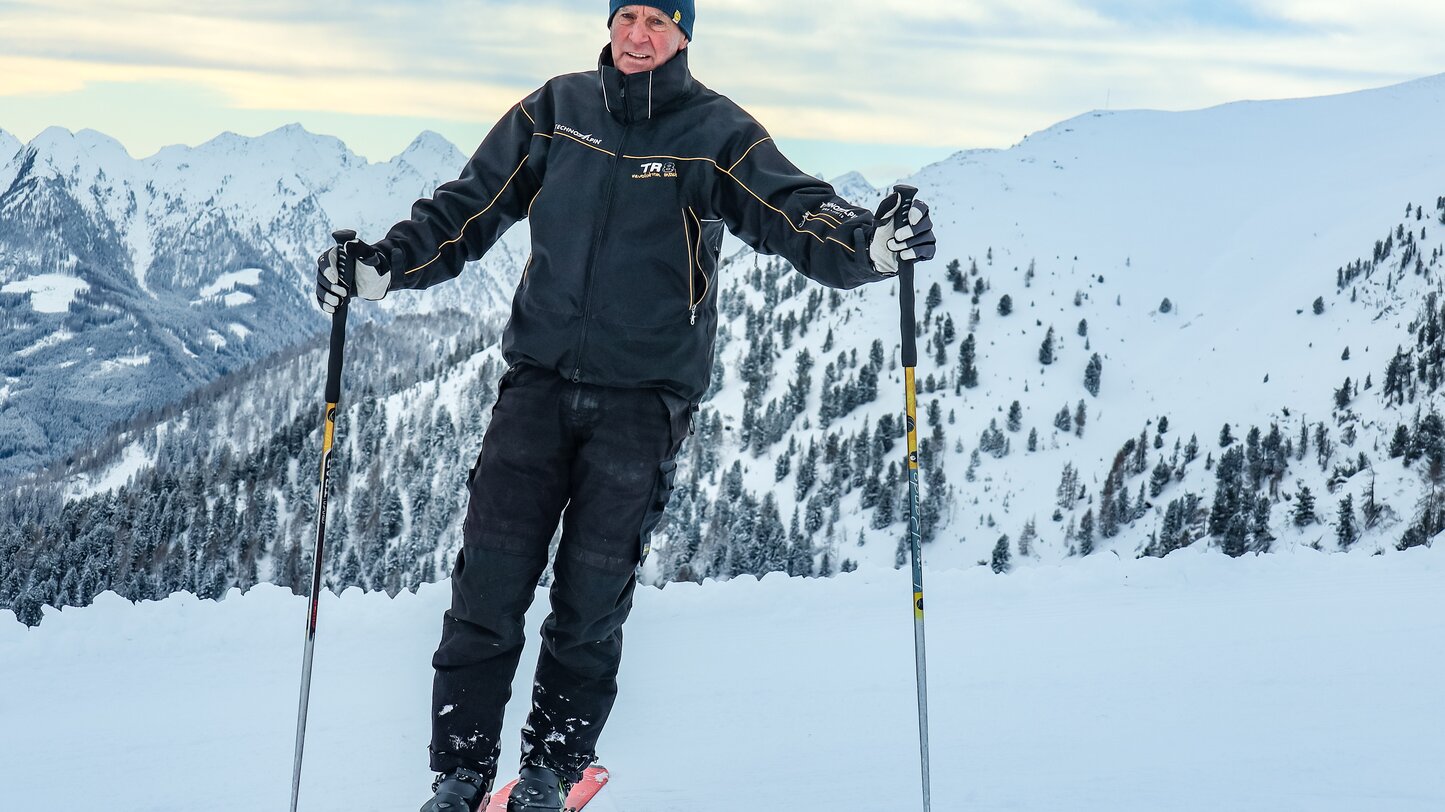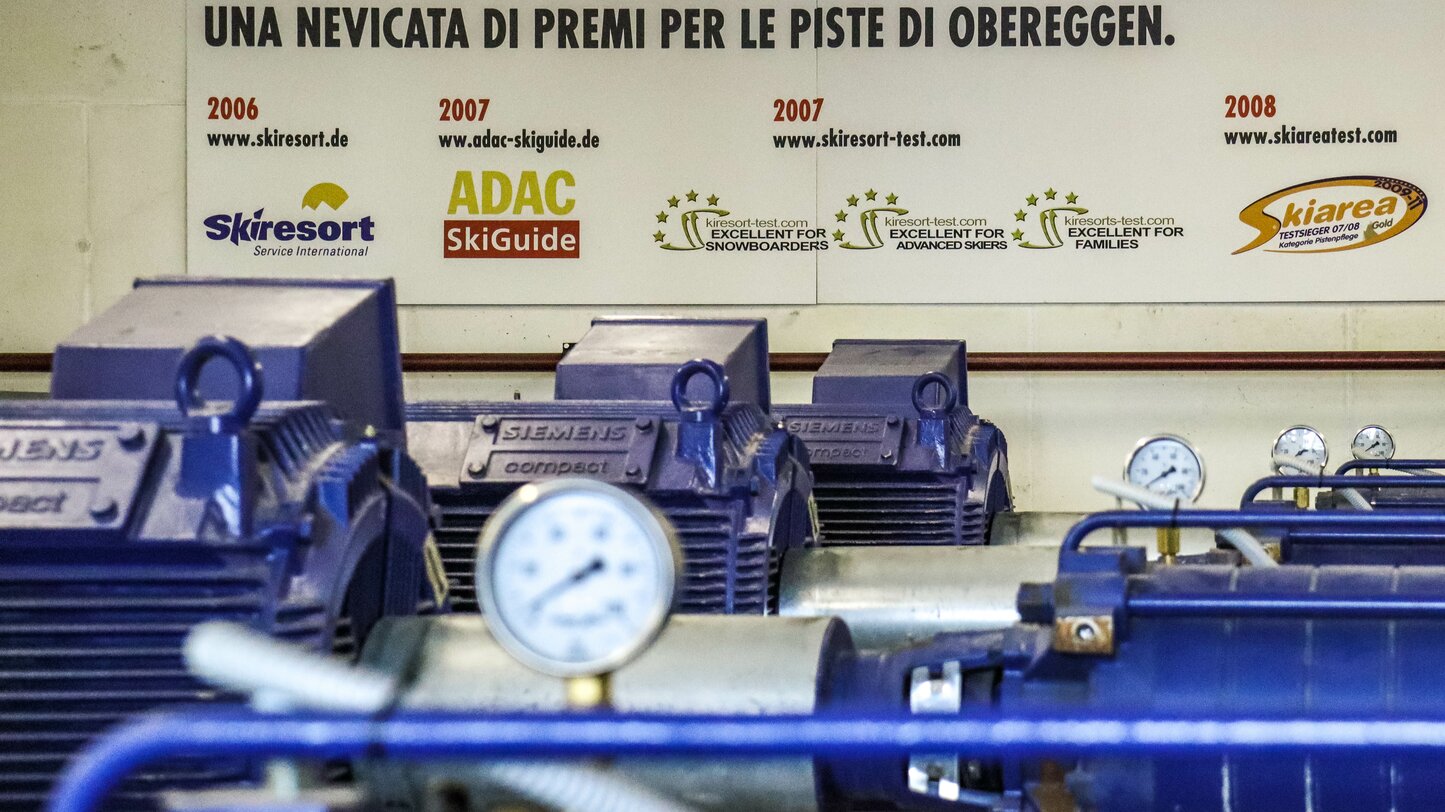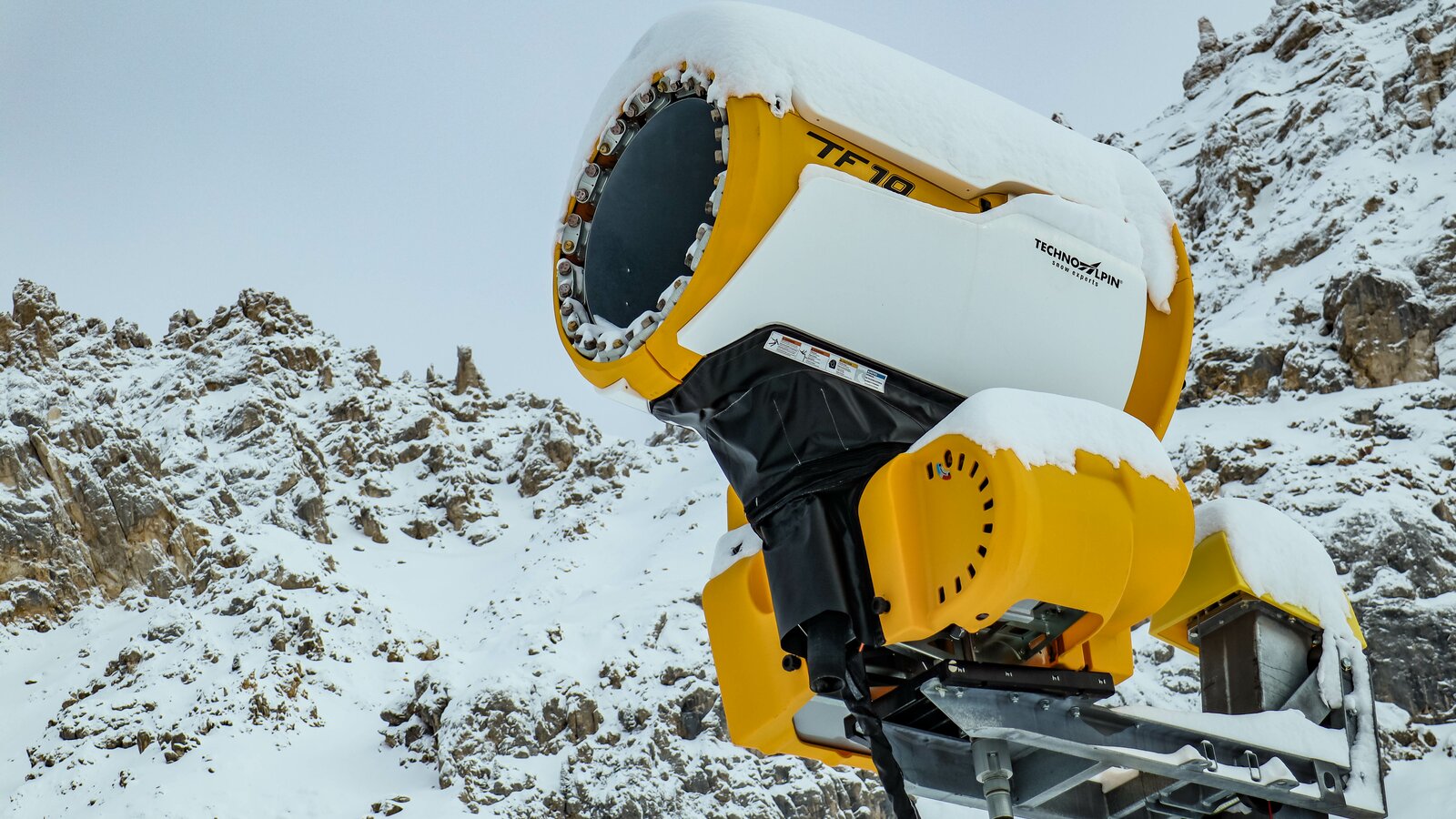The Master of the Snow
Josef Gummerer has been a master snowmaker and slope manager in the Obereggen ski resort since 1985. The fact that the quality of the snow and the slopes are constantly being honoured and winning awards is to his credit and that of his dedicated team. In the interview he explains how much know-how and passion is required to guarantee a trouble-free ski season.
The snow quality in Obereggen enjoys an excellent reputation far beyond the Eggen Valley and repeatedly wins awards. Why is the snow here so particularly good?
Since we began very early on to work with snow canons, we now have 40 years of experience with compact snow. We have built up a great deal of expertise, and also many of our employees have worked here for a long time and, moreover, are Eggen Valley natives. That means that they identify very closely with the ski resort. After all, the canons and the technology are the same everywhere. But the people that use them make the difference.
How much snow is needed to cover the ski resort?
We work with around 200 snow machines, of which 60 are mobile, meaning that they can always be positioned somewhere different. When it comes to generating compact snow, nature is the best example. Machine-generated snow consists of the same ingredient as natural snow, in other words frozen water. No additives or chemicals are used to generate compact snow. The secret lies far more in the correct volume of water, the ratio of water temperature to outside temperature and the air humidity.
But what exactly are the requirements?
In nature, condensed water gathers together in the clouds around minute specks of dust. In the process, small ice crystals form at temperatures of -30 to -50 degrees, which during their many minutes-long descent to earth transform into snow crystals and, as they join together in chains, snowflakes. Technically generated snow, on the other hand, does not have typical snow crystals, but instead a much lower proportion of air and in terms of their structure they are more similar to granular old snow, hence the name “compact snow”: Its density of 360-450 kg per cubic metre contrasts with that of natural snow of between 30 and 100 kg per cubic metre. Knowledge of the external conditions and using them skilfully thus makes an important contribution to the success of snow production.
And where does all the water used come from?
We use rain, surface and melt water. We never use drinking water to generate snow. We have two pumping stations to fill three reservoirs with capacities of between 10,000 and 50,000 cubic metres, and four further pumping stations that supply the snow generators with up to 200 litres per second each.
Isn’t that rather energy-intensive?
Of course, winter tourism requires energy, but on the other hand we also have to see how big the added value is for the Eggen Valley from the ski resort. What is important is that as far as possible the power is generated renewably. In addition, over all these years, the technology has developed immeasurably meaning that today we can work very economically.
What does that mean specifically?
On the one hand, the snow lances and canons today are at least twice as efficient as they used to be. On the other hand, using GPS data for the terrain, we know exactly how much snow is already lying where. This means that we can produce snow as economically as possible without the risk of having areas with insufficient snow. In mid-January as a general rule we have enough snow in the resort to mean that we no longer need to create artificial snow up until the end of the season at Easter. Incidentally, not only does the compact snow offer guaranteed enjoyment of the slopes from December to April, but it also contributes to protecting the mountain pastures. Artificially snow-covered terrain is significantly better protected from ski edges and ski slope grooming equipment than it is with a thin natural covering of snow. Moreover, the “channelling effect” on the piste leads to a reduction in the inclination to ski to the side of the ski slope and thus ensures that the young trees do not suffer damage. In addition, more snow means more moisture in the deeper layers of the earth, which is why in recent years the farmers in Obereggen have been able to increase their agricultural yields in the areas used for winter sports.
When do you need to start generating artificial snow in order to ensure a timely beginning to the ski season?
As early as possible. Sometimes as early as October, if we can predict that we will have a couple of cold nights in a row. The snow then lies in heaps beneath the lances and canons. However we only begin to prepare the slopes about a week before the start of the ski season.
And what happens if it is too warm?
The Obereggen ski resort has been here for over 50 years – and we have always managed to start the season on time. Here on the south side of the Alps we had warm winters in the past too, which is why we know how to deal with them. These days, if the air humidity is low, we can create artificial snow with the modern canons when the temperature is as high as 3 degrees. And fortunately, we are at a high enough altitude that we can guarantee snow. But, of course, one cannot deny that in recent decades the weather has become increasingly warm.
How long does it take to cover the entire ski resort with artificial snow?
In theory only 72 hours. In the process, if we haven’t had many metres of snowfall, natural snow only plays an incidental role. Twenty centimetres of new snow when compressed produces perhaps three or four centimetres on the piste. For this reason, we generate artificial snow before the beginning of the season, even if it has snowed naturally, so that at the start of the season we can rely on a 30 to 40 centimetre thick covering of snow.
Where are the artificial snow-making machines controlled from?
In the past, every machine had to be set by hand. Today we can do it by computer from the office or even via a mobile phone app. Of course this makes our work more convenient and flexible.
So, has master snow-maker and slope manager now become an office job?
Happily not – I like being out in the mountains and snow far too much for that! At night we always have to do an inspection round with the motorised sleds to see that everything is in order. If, for example, the wind has changed direction, we cannot see that on the screen. And in a morning, before the skiers arrive, we carry out a final round to make sure that all the signs are in the right positions. This is because not only do we want to ensure that our skiers find perfect snow on perfectly groomed slopes, but also and above all, that they can enjoy their holiday with us safely and carefree.
